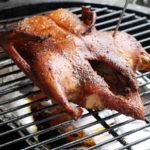Rodney Scott’s Smoked Prime Rib
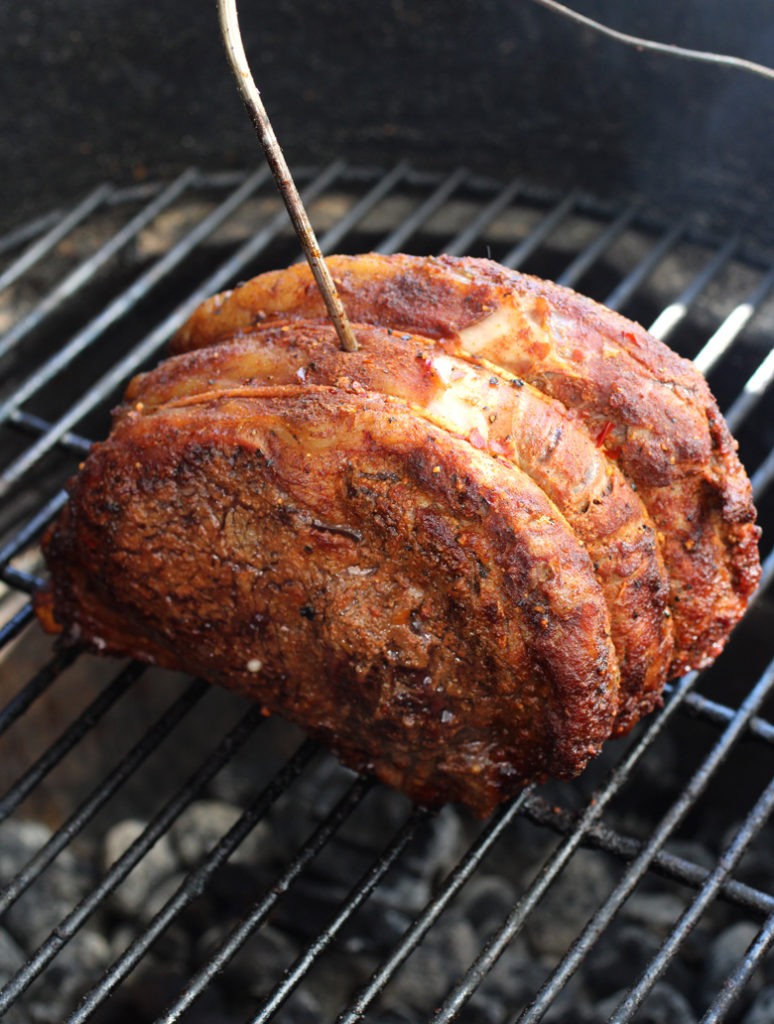
Rodney Scott has felt the blistering heat at the heart of a raging fire.
Both in front of the barbecue pit and in life.
In his new cookbook-memoir, “Rodney Scott’s World of BBQ: Every Day Is a Good Day” (Clarkson Potter), of which I received a review copy, this legendary pitmaster lays bare both his rise to success and the subsequent yawning chasm in his relationship with his father.
It’s a book that offers lessons in cooking, of course, but also in fortitude and perseverance.
What’s more, despite the legion of barbecue and grilling books that have flooded the market over the years, it’s also astonishingly billed as the first cookbook written by a black pitmaster.
About time.
James Beard Award winning Scott, chef and co-owner of the legendary barbecue mecca, Rodney Scott’s BBQ in Charleston, S.C.; Birmingham, AL; and Atlanta, GA, wrote the book with Lolis Eric Elie, a writer and filmmaker, and one of the founders of the Southern Foodways Alliance.
Scott has led a hard-scrabble life, in which his family eked out a living growing soybeans, corn and tobacco on their farm in Hemingway, SC (population 400). It was at the family-owned store that Scott’s father got the idea to sell barbecue. He took charge of the pig while his wife made the sauce.
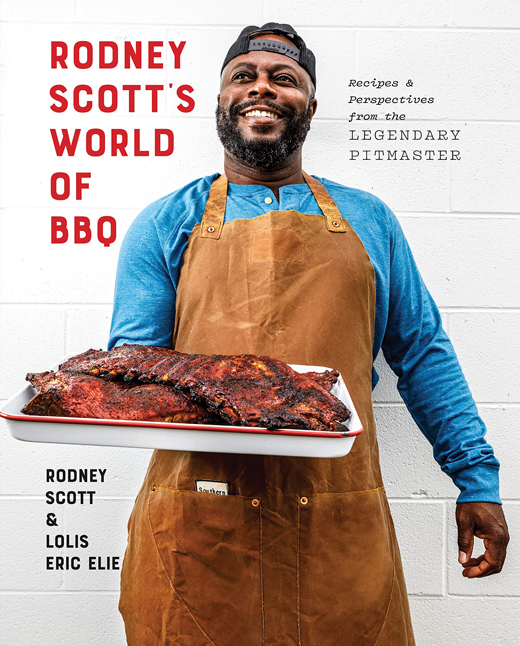
As his parents’ only child, Scott grew up helping on the farm and at Scott’s Bar-B-Q from a young age. In fact, he cooked his first hog at age 11, stoking the coals every 15 minutes in the wee hours by himself.
When Scott grew older and branched out on his own in Charleston, winning widespread acclaim in the process, he butted heads with his dad. Unfortunately to this day, their relationship remains strained.
You can cherish this book simply for the inspiring story of a man who worked his way up from nothing to the very top of the barbecue pinnacle. Or you can also relish in cooking from it.
For those with enough space, time, and gumption, Scott does include exacting directions for building an actual barbecue pit with cinder blocks in your backyard to cook a whole hog.
Fortunately, for the rest of us with tiny yards in urban settings, there are plenty of less intimidating recipes, such as “Rodney’s Wings,” “Fried Catfish,” “Rodney’s Reluctant Collard Greens” (turns out he’s not a fan of these staple Southern greens), and “Angie Mo’s Cracklin’ Layer Cake” (a yellow cake lavished with chocolate frosting and pork skin cracklings).
“Smoked Prime Rib” caught my attention since my husband, aka Meat Boy, loves this particular cut and we normally only indulge in it during the holidays.
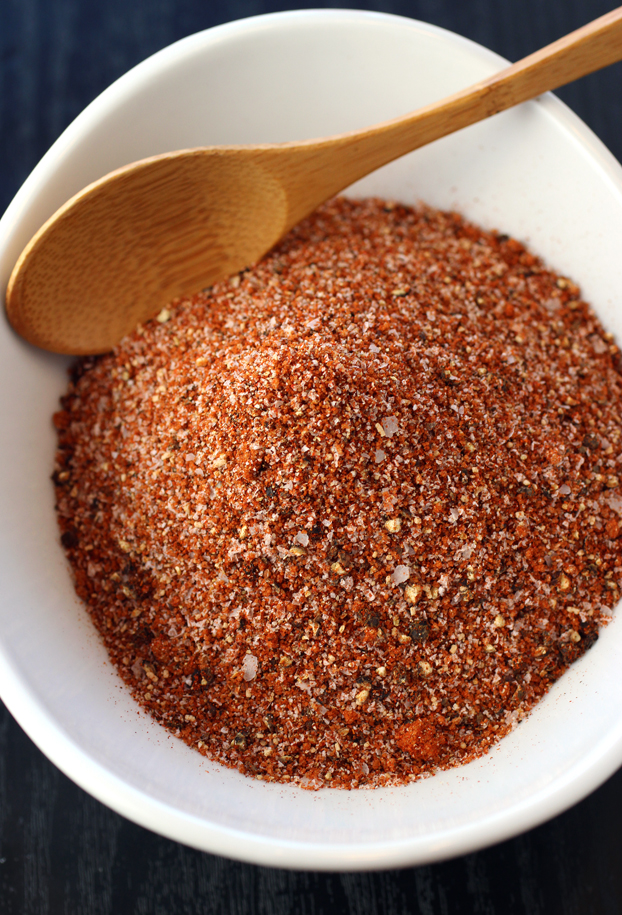
Scott takes a boneless rib-eye roast, brines it, then smokes it for 2 1/2 to 3 hours. Because my husband can’t resist gnawing on the bones, we went with a bone-in roast instead.
The roast brines overnight in a mix of “Rib Rub” and water, so plan accordingly.
The tasty rub is a sweet, spicy, smoky and salty mixture of salt, paprika, chili powder, brown sugar, garlic powder, onion powder, cayenne, and MSG. Yes, you read that last ingredient correctly. Scott devotes an entire two pages in the book to the misconceptions surrounding monosodium glutamate, which is widely used in many processed foods and that occurs naturally in tomatoes, cheeses, soy sauce, miso, and dried shiitake mushrooms. Since I didn’t want to go to the trouble of sourcing MSG, I just reached for what was conveniently handy in my pantry — instant dashi, which is also naturally high in glutamate. It gives a similar umami boost, but didn’t make the rub taste fishy whatsoever. If you’re still on the fence, Scott concedes that you can skip the MSG all together, if you prefer.
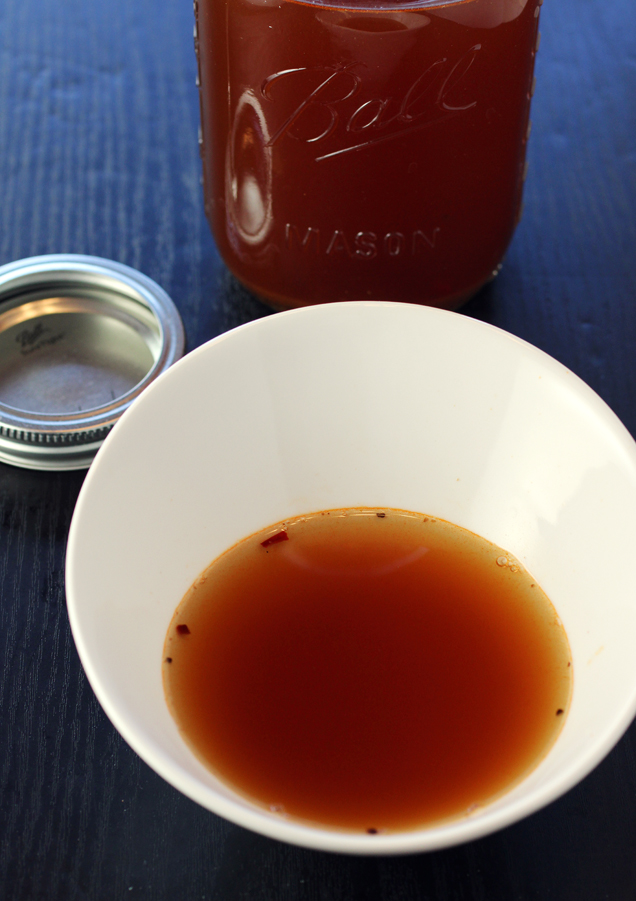
Some of the rub gets patted on the roast before it gets smoked. While it cooks, you brush or mop on “Rodney’s Sauce.” This is not a thick barbecue sauce as you might imagine but a thin, watery base made with plenty of distilled white vinegar, cayenne, red pepper flakes, and sugar. A little bit of fresh lemon adds a floral roundness that takes the sharpest edge off the vinegar.
I included the full recipe for the rub below. You’ll end up using most of it. I also included the entire recipe for the sauce, which makes a ton, though, I made only 1/4 of it and still ended up with plenty left over. Fortunately, it keeps in the fridge for weeks and is at the ready when you want to try your hand at another recipe from the book.
What happens when you spice up a prime rib, and cook it low and slow so long? It turns deliriously smoky, tender and plenty buttery.
Despite the peppers in the rub and and the sauce, this isn’t an overtly spicy piece of meat. You will get a smidge of heat on the end pieces but nothing that will scorch the palate. Instead, there’s a subtle sweetness to the meat, almost like a hint of barbecue potato chips, if you will.
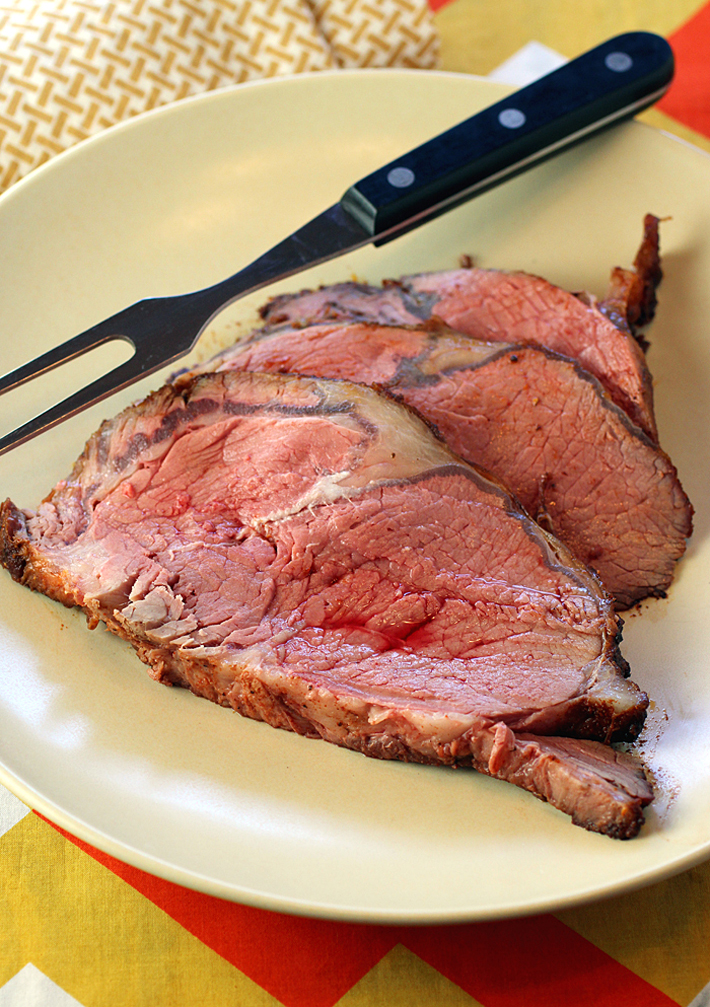
Scott cuts the roast into 1-inch slices, then nestles the slab between two slices of white bread with American cheese. We just carved it a little thinner than we would a Christmas prime rib, and served it alongside corn on the cob, grilled artisan bread, and an heirloom tomato salad.
It might have been more Northern California on the plate. But it was proudly Southern in spirit.
Smoked Prime Rib
(Serves 6 to 8)
1 1/4 cups Rib Rub (see recipe below)
3- to 4-pound rib-eye roast
2 cups Rodney’s Sauce (see recipe below)
Make the brine: In a medium saucepan, bring 4 cups water to a boil. Add 1 cup of the rib rub and stir until fully dissolved. Transfer the mixture to a container large enough to hold 1 gallon of water and the meat. Add the roast and 12 cups water and refrigerate for 8 hours for a 3-pound piece of meat and 10 hours for 4 pounds.
Remove the meat from the brine (discard the brine) and allow it to come to room temperature. This may take an hour or two, but it helps you to get a more even cook.
Fire up your grill to 250 degrees.
Pat the roast dry. Sprinkle the remaining 1/4 rib rub on all sides of the roast. Using butcher’s twine, truss the roast lengthwise so that the rib eye cap, filet, and tail are all compressed. (This step isn’t necessary, but I recommend it, as it helps a boneless cut of meat cook more evenly.)
Place the roast on the grill grate, close the grill, and cook about 1 hour for a 3-pound prime rib or slightly longer for a larger one. The meat will have browned and the outside will start to look done. Mop the meat with the sauce, turn it over and mop the other side. Close and cook until the roast reaches an internal temperature between 120 degrees and 125 degrees for rare; between 130 degrees and 135 degrees for medium-rare; and between 140 degrees to 145 degrees for medium. This should take 2 1/2 to 3 hours.
When the roast has reached your desired level of doneness, take it off the grill and let it rest for 15 minutes. Then care and serve.
Rib Rub
(Makes 2 cups)
1/2 cup Diamond Crystal kosher salt
1/4 cup Jesus’s Tears (aka MSG)
1/4 cup freshly ground black pepper
1/4 cup paprika
1/4 cup chili powder
1/4 cup packed light brown sugar
2 tablespoons garlic powder
2 tablespoons onion powder
1 teaspoon cayenne pepper
Mix all the ingredients and place them in an airtight container. Cover and store in a cool dry place until ready to use.
Rodney’s Sauce
(Makes 1 gallon)
1 gallon distilled white vinegar
1 lemon, thinly sliced
1/2 cup ground black pepper
1/3 cup cayenne pepper
1 1/4 tablespoons red pepper flakes
2 cups sugar
In a small stockpot, warm the vinegar over medium-high heat. After about 5 minutes, when the vinegar reaches 150 degrees on an instant-read thermometer, just before it starts to simmer, add the lemon slices and continue to cook until the lemon peels begin to soften and wilt, about 10 minutes more.
Whisk in the black pepper, cayenne, pepper flakes, and sugar. Continue to cook over medium-high heat until the sugar is completely dissolved and the sauce reaches 190 degrees, about 10 minutes. Remove from the heat and allow to completely cool before using. Once the lemon is removed, the sauce can be refrigerated in an airtight container for up to 8 weeks.
From “Rodney Scott’s World of BBQ” by Rodney Scott and Lolis Eric Elie
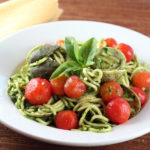
More Fun with Smoke: Smoked Linguine with Clams, Cherry Tomatoes and Basil Pesto
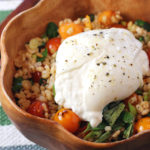
And: Smoked Barley with Blistered Tomatoes & Burrata
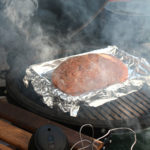
And: Slow-Smoked Barbecued Meat Loaf
